TECHNOLOGY Introducing RAY-DOC's Technology
01 LED Manufacturing Process
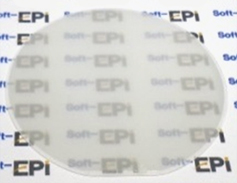
By using MOCVD equipment, grow compound semiconductor on a substrate (sapphire, SiC, etc.) to manufacture epi wafers.

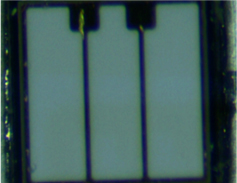
P, N electrodes are formed in epi wafer, and then the wafer is sliced by each chip size.
Produce high brightness chips having maximum light extraction efficiency.

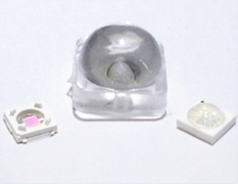
Chip is installed on various package frames and then it is sealed with polymer resin.
Design for LED packaging with high-power and outstanding heat release is needed.

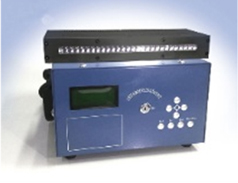
Development of system optimized for each product application.
02 Features of LED Light Source

Low maintenance cost : Longer replacement cycle due to long lifetime.
Increase of energy efficiency : Higher energy efficiency compared to Hg lamp makes it relatively less burden towards electricity cost
Selectable wavelength : Unlike Hg lamp, it can select wavelengths needed for required purposes. This prevents unnecessary energy waste which makes highly energy efficient and does not generate heat.

As Hg is not used, pollution is not generated through waste disposal.
Ozone is not generated.
Energy can be saved.

Can be used for heat sensitive materials as the amount of heat generated is significantly low.
Enables to do required job faster as it produces wavelength with significantly high optical power.
Can operate equipment immediately when necessary as it does not need preheating.
Easy to carry with as it is light.
Can control its optical power.
03 LED Lamp for Curing Gel
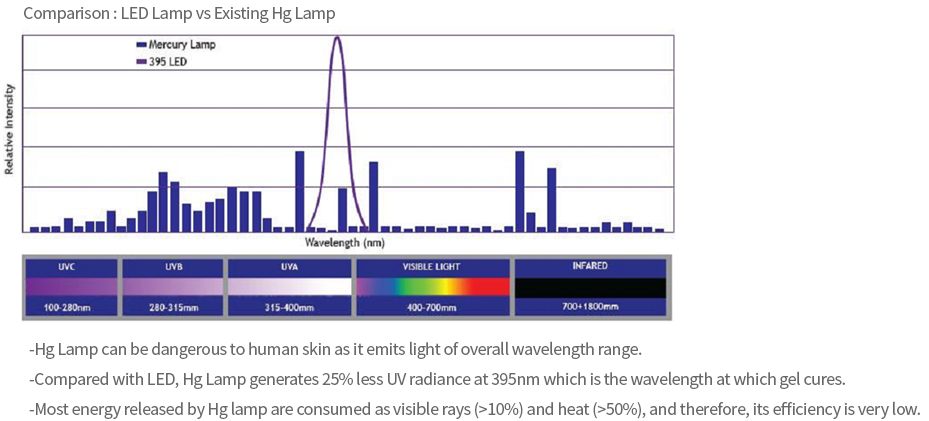
Ray-Doc uses LED considering environment and human skin
ㆍLED lamp saves electricity cost and curing time significantly since it is far more energy efficient than existing lamps.
ㆍUV-LED exposes far less amount of UV rays than existing lamps as it emits only those that are effective for curing gel.
ㆍRay-Doc LED Lamp uses UV-LED with wavelength of 370nm and 395nm at which most gel in the market is cured.
ㆍLED lamp is convenient to carry with as it is small and light.
ㆍLED can be used semi-permanently without being replaced since it has 50 times longer lifetime than existing lamps.
Is UV ray exposed by UV LED safe?
ㆍIn 2012, Journal of Investigative Dermatology of USA has released a research report that, in case of having nail art once a week in average, it needs 250 years of existing UV lamp exposure to generate a risk of skin cancer. Please note that UV LED exposes far less amount of UV rays than existing UV lamps.
ㆍAmount of UV exposure during gel curing : About 13,000 times of UV lamp usage is equivalent to using 40,000 times of UV LED.
→ UV LED is about 1/3 of UV lamp in terms of UV exposure per curing
ㆍAre you still worried?
Putting sunscreen on hands and fingers is another measure!
Since UV LED emits UVA, sunscreen with good UVA protection can be used. UVA protection is indicated by PA, and UVB by SPF.
Is a single lamp capable of curing all nail gels?
There are many different types of photo-initiators that are mixed in the nail gel and they might have different wavelength at which they react.
Currently, most gels in the market use photo-initiators that react at wavelength of 375~405nm range.
However, certain gels may cure at other specific wavelength.
Therefore, please check if the lamp is compatible with the gel you are trying to purchase in advance!
Is there any gel color which doesn’t cure well?
Light penetration is different by color. Higher the light transmittance of the gel is, the better the curing results.
That is to say, even if chemical component is same, degree of curing can be different by the color of each gel.
For example, for the light of 365nm wavelength, black and white color gels react slowly. In case of 400nm, black and yellow are slow.
